Growing The Victoria Amazonica Giant Water Lily


Water lilies are among the most beautiful and romantic plants, partly thanks to the famed paintings by Claude Monet. But the giant water lilies are especially spectacular with their enormous leaves, sometimes up to 6 feet (2 m) in diameter. Read on to learn more about these amazing plants.
The Amazon Water Lily
It is hard to understand just how huge the leaves of the Amazon water lily (Victoria amazonica) are without seeing them. Fortunately, they are available for viewing in botanical gardens around the country. It helps to call to mind someone you know who is 6 feet tall (1.8 m.) since that is the potential diameter of each of the large leaves. The edges of the leaves are turned up, creating a sort of shallow cup.
The leaves “float” on the surface of the water, supported by spongy veins. Their size allows the plant to take in the maximum sunshine possible. The underside of each leaf has spines, thought to be a way of preventing fish from nibbling on them. Leaves are anchored by submerged stalks up to 26 feet (7.9 m) long that embed themselves in the lake or river bottom.
Victoria Water Lily
Given that the native range of this large lily is in South America, from Bolivia in the south to Guyana in the north, one might wonder why it is called the Victoria water lily. The name was chosen in 1837 as a way to honor Queen Victoria of England who had ascended to the throne that year.
The entire Victorian era was named after the Queen, and it was during this era that exotic plants, including the Victoria water lily became popular in cultivation.
Giant Water Lily Facts
A giant water lily in bloom is exotic and dramatic. Like the leaves, the flowers are oversize, dinner plate-size blooms that open at night and last a few days only.
The first day of a bloom, the white lily opens in the evening as a female flower, offering a sweet fragrance of pineapple. The blossom creates its own warmth, thought to be a giant water lily adaptation that lures scarab beetles to visit the flower.
Gardening tips, videos, info and more delivered right to your inbox!
Sign up for the Gardening Know How newsletter today and receive a free copy of our e-book "How to Grow Delicious Tomatoes".
The second evening, the blossom closes, trapping the beetles inside. At this time the flower changes from female to male, the petals turn pink and begin to produce pollen. That evening, the blossom opens again, releasing the beetles. They are covered in the flower’s pollen and fly away to pollinate female flowers.

Teo Spengler is a master gardener and a docent at the San Francisco Botanical Garden, where she hosts public tours. She has studied horticulture and written about nature, trees, plants, and gardening for more than two decades. Her extended family includes some 30 houseplants and hundreds of outdoor plants, including 250 trees, which are her main passion. Spengler currently splits her life between San Francisco and the French Basque Country, though she was raised in Alaska, giving her experience of gardening in a range of climates.
-
 Zinnias On Repeat: 10 Glorious Cut-And-Come-Again Varieties For Endless Summer Bouquets
Zinnias On Repeat: 10 Glorious Cut-And-Come-Again Varieties For Endless Summer BouquetsThese zinnia varieties keep giving all summer, making them the perfect choice for dedicated cutting gardens – or just the occasional homegrown bouquet.
By Ellen Wells
-
 Create A Romantic Garden Straight Out Of Bridgerton: Regency Era Romance In Your Garden
Create A Romantic Garden Straight Out Of Bridgerton: Regency Era Romance In Your GardenTry some romantic garden ideas straight out of Bridgerton. Flowers and gardens in the Regency era were lush and charming and you can get the same look!
By Bonnie L. Grant
-
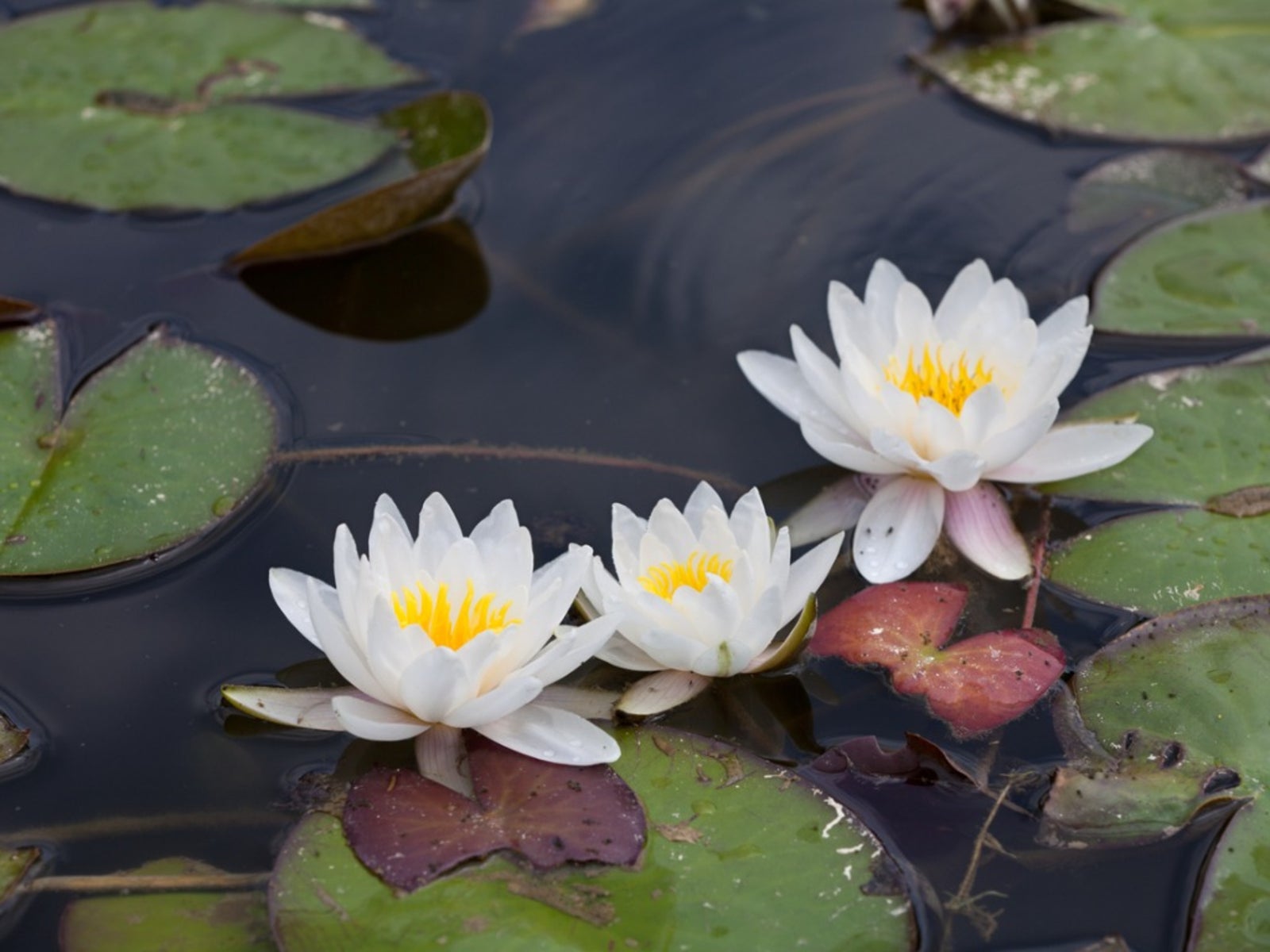 Water Lily Problems – Water Lily Pests And Diseases
Water Lily Problems – Water Lily Pests And DiseasesEven with good care, water lily pests and diseases may become an issue. These are the most common issues and what to do about them.
By Mary Ellen Ellis
-
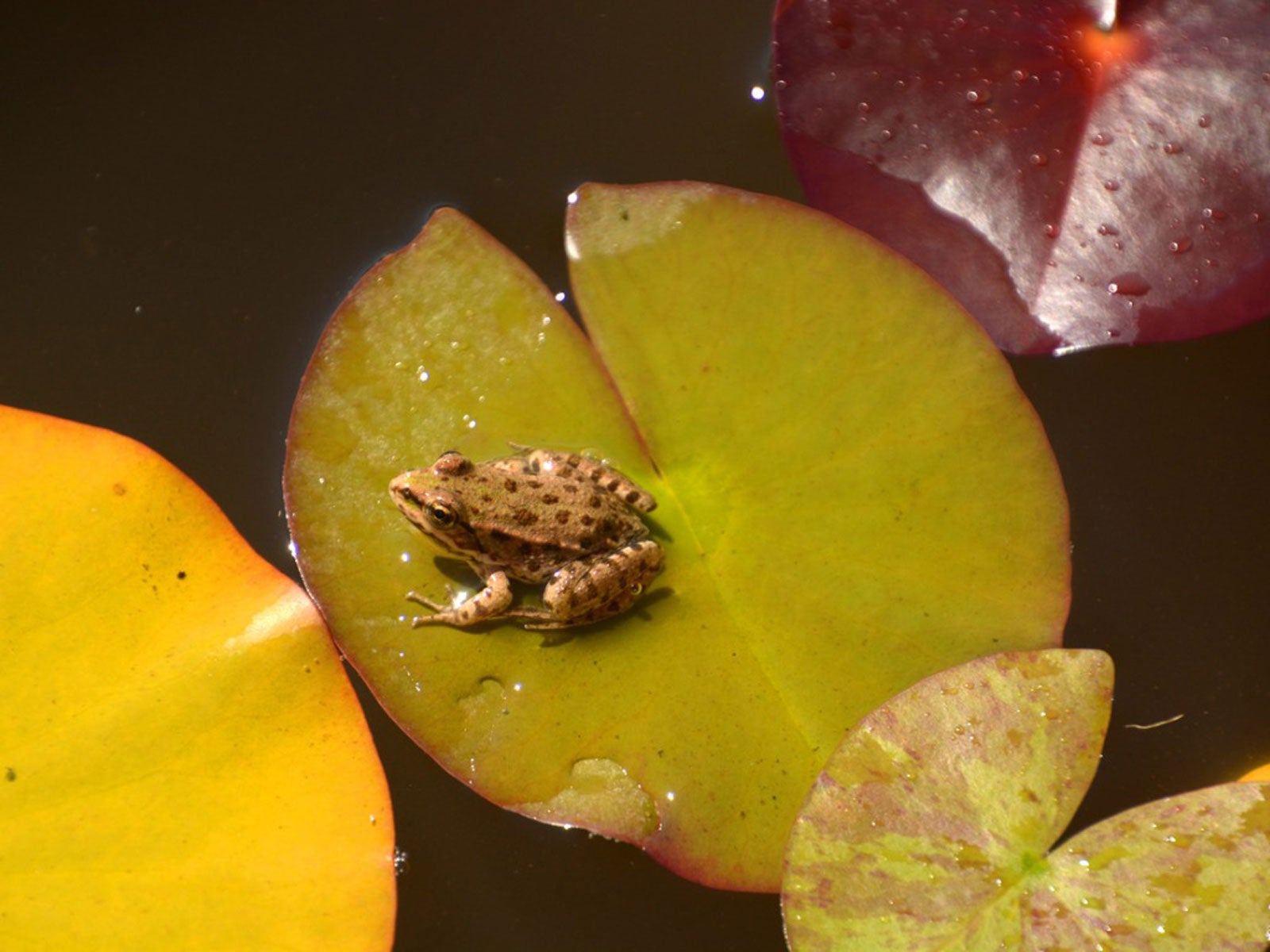 Red Water Lily Leaves: Reasons A Water Lily Has Red Leaves
Red Water Lily Leaves: Reasons A Water Lily Has Red LeavesWhat if your water lily has red leaves? The answer is usually simple, and the health of the plant isn’t affected. Learn about red leaves on water lilies here.
By Mary H. Dyer
-
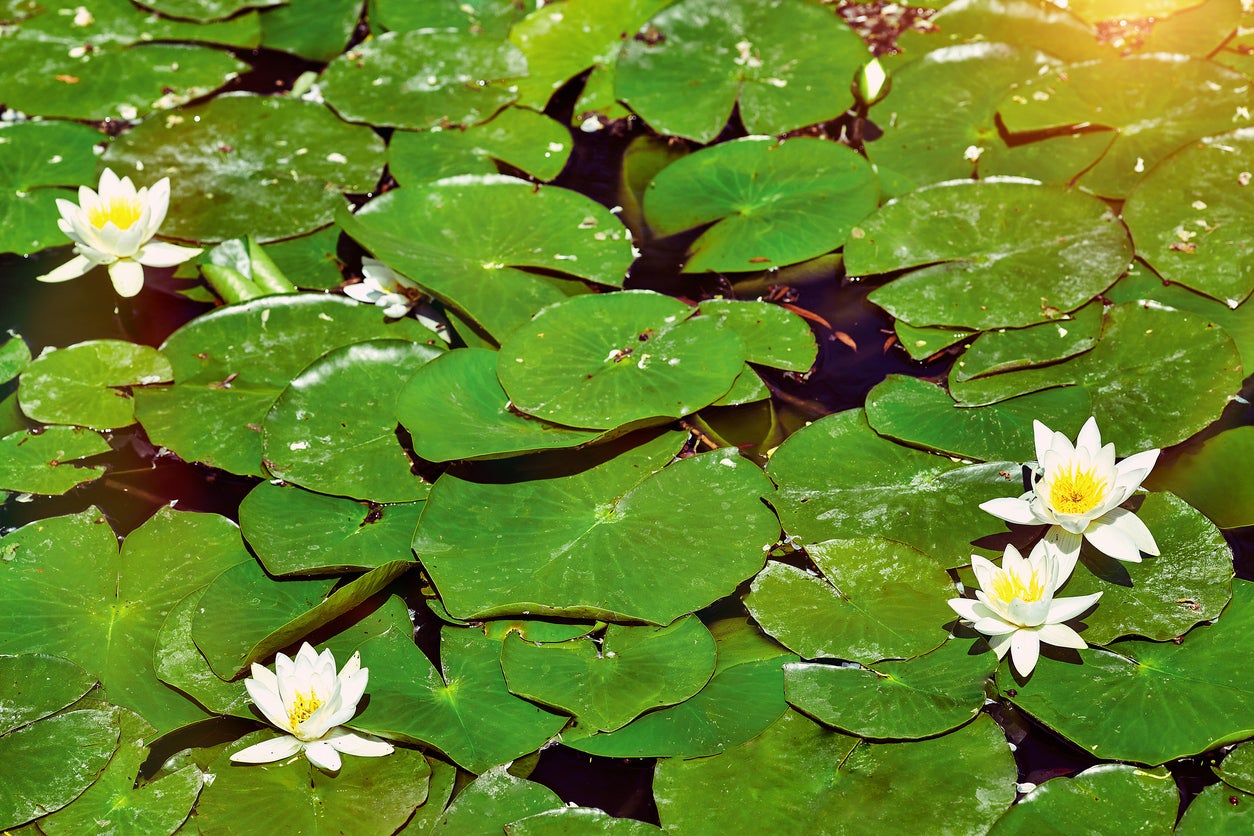 Water Lily Weed Control: Learn About Water Lily Management In Ponds
Water Lily Weed Control: Learn About Water Lily Management In PondsAquatic plants, such as the water lily, serve many purposes. In addition to creating oxygen, aquatic plants provide necessary habitat for wildlife. However, controlling water lilies (and other plants) is especially important when plant cover becomes too thick. Learn more here.
By Tonya Barnett
-
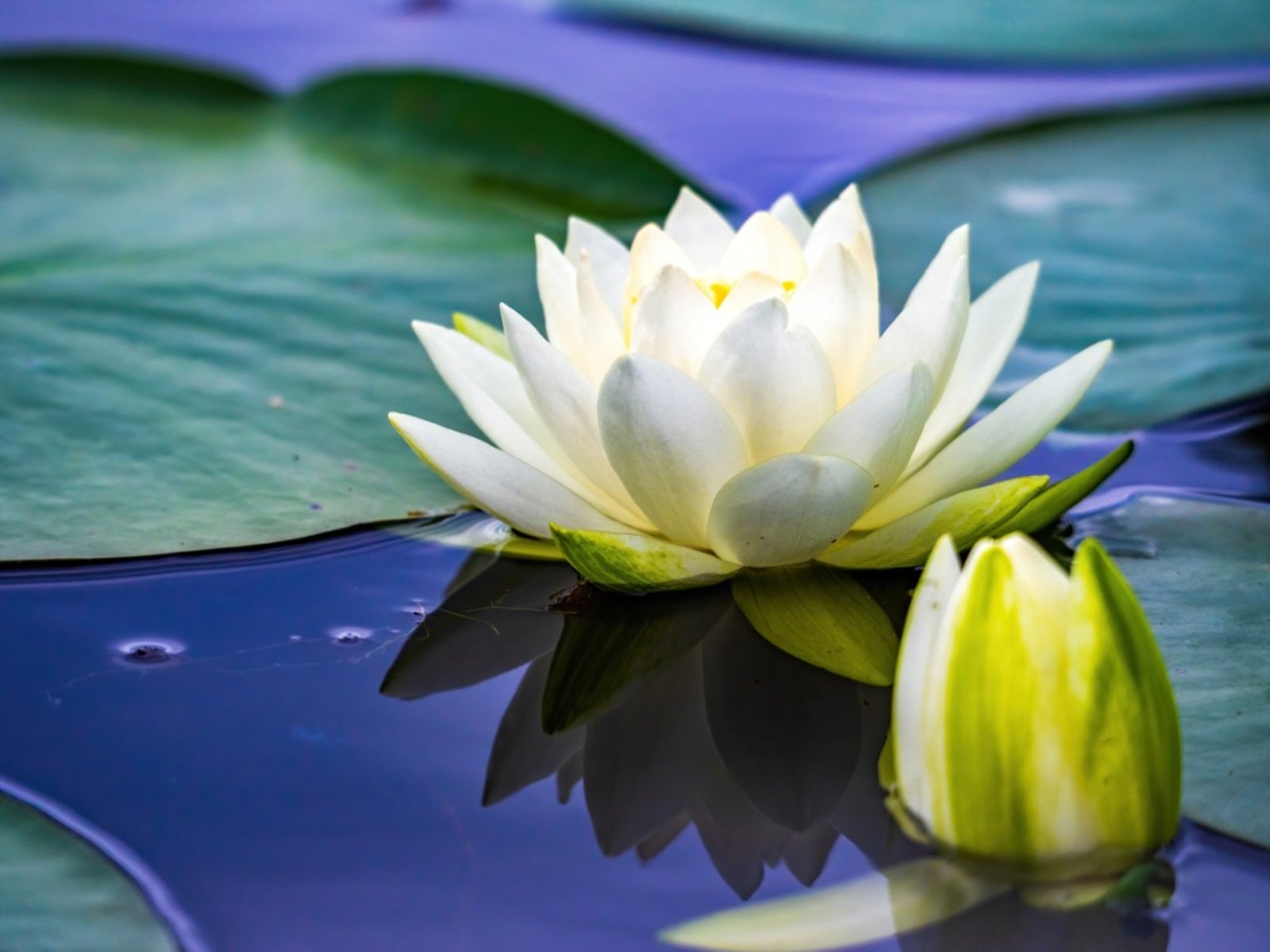 Care Of Water Lilies: Growing Water Lilies And Water Lily Care
Care Of Water Lilies: Growing Water Lilies And Water Lily CareWater lilies are the perfect finishing touches for a garden pool or pond. Plants growing in a pond help keep the water clean and aerated, so you?ll spend less time on pond maintenance. Get growing info here.
By Jackie Carroll
-
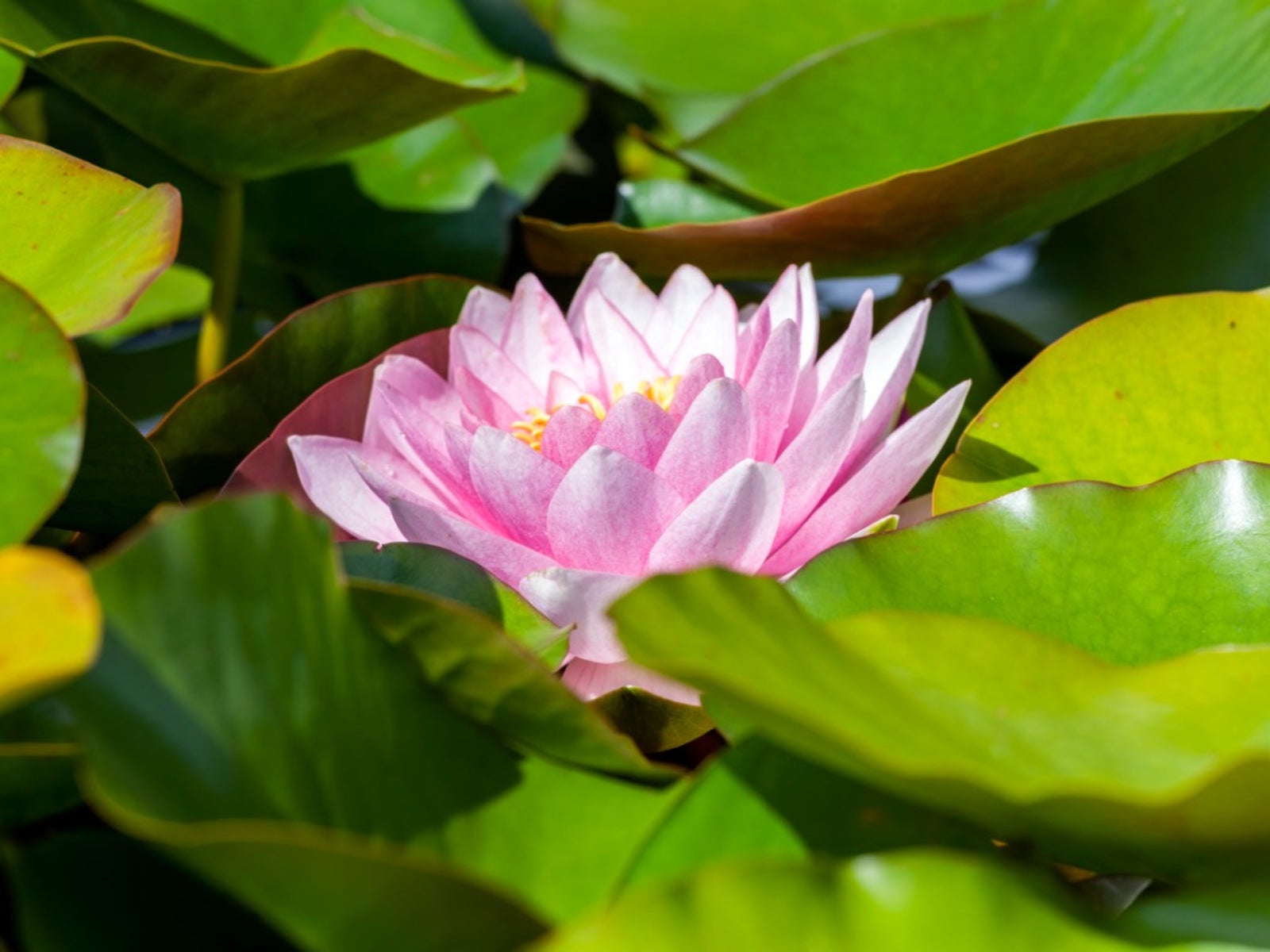 Wintering Water Lilies: How To Store Water Lilies Over Winter
Wintering Water Lilies: How To Store Water Lilies Over WinterGraceful and elegant, water lilies are a wonderful addition to any water garden. But, if your water lily is not hardy for your climate, you may be wondering how to winterize water lily plants. Learn how right here.
By Heather Rhoades